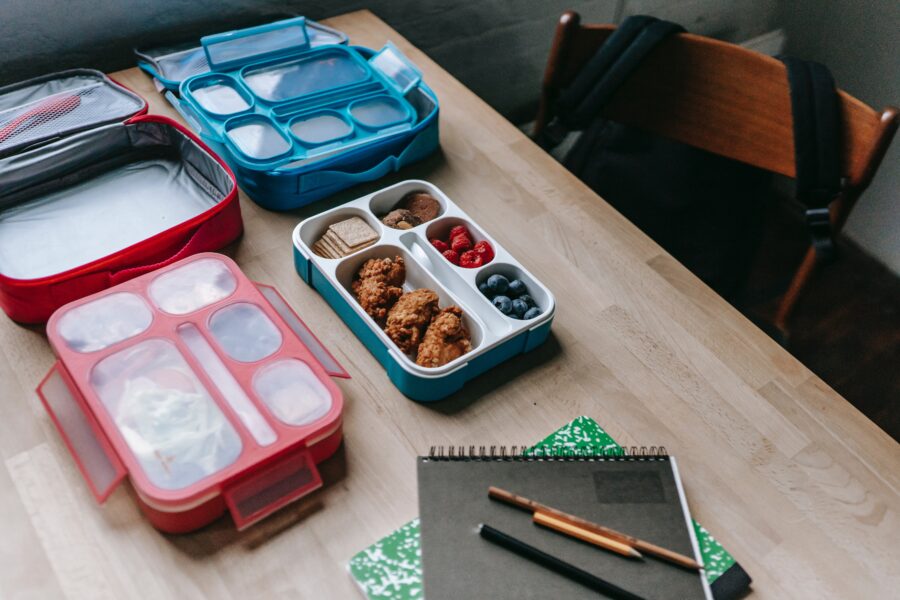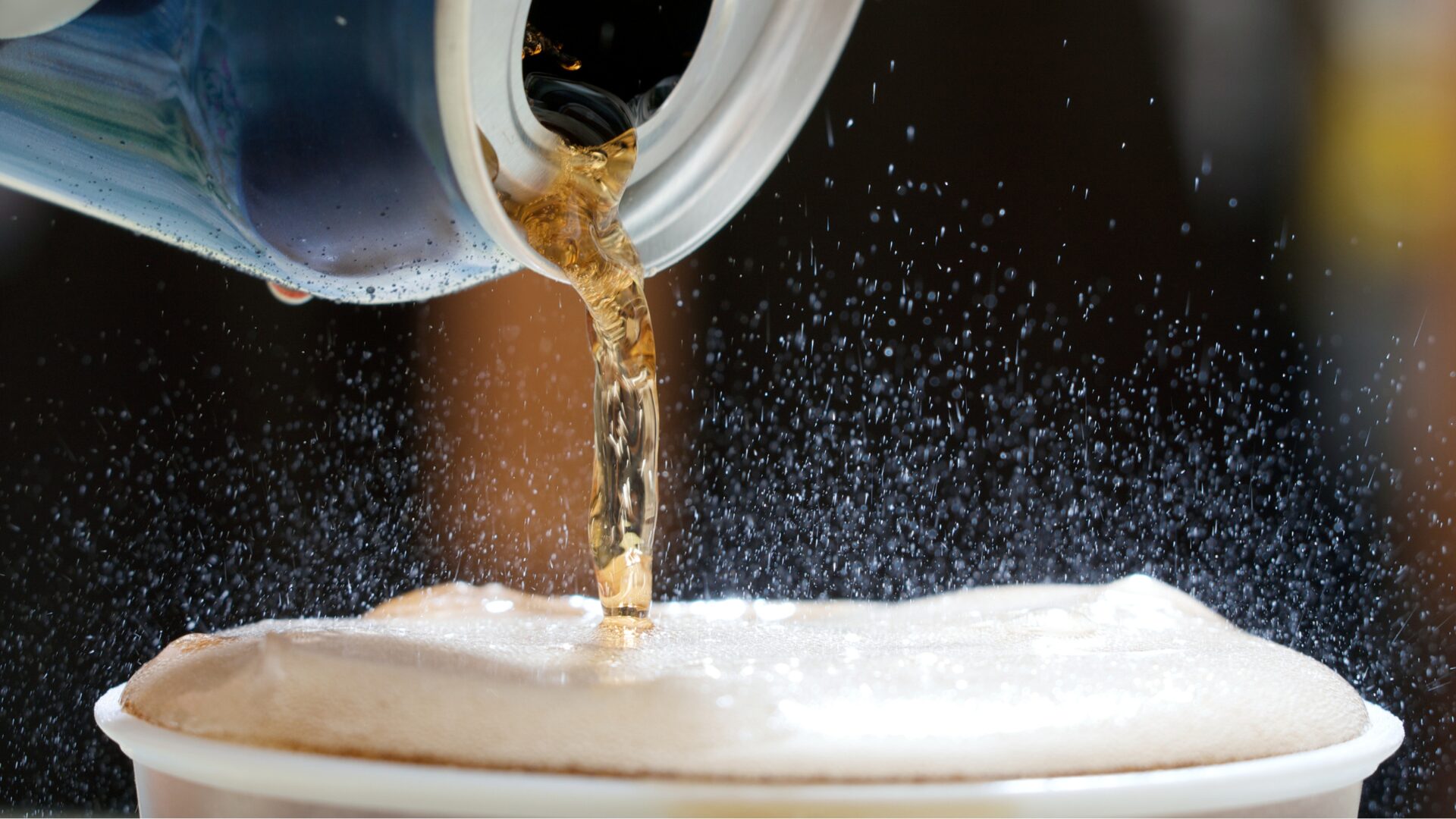Parents have stopped thinking of the dregs of last night’s meal as leftovers, reframing them instead as a more environmentally conscious way of reducing waste.
The new school year is fast approaching, sending parents scrambling for ways not only to reduce back-to-school spending, but to find strategies for keeping the costs on ongoing expenses for things like school lunches in check.
The National Retail Federation predicted K-12 back-to-school spending would reach $41.5 billion this year, up from $36.9 billion last year and 2021’s record $37.1 billion. The prediction was based on a survey of 7,843 consumers, with average spending of $890.07 per family, driven largely by the cost of electronics.
An analysis by Deloitte indicated, however, that shoppers will be looking for deals with the cost of school supplies up 23.7% since 2021 and amid fears of a looming recession. As a result, Deloitte said it expected total spending to be down 10% from last year.
Getting Creative for Kids’ Lunches
A survey of 2,000 parents conducted by OnePoll released July 25 indicated 44% of parents expect to use leftovers to ease the cost of school lunches.
“Parents are finding that leftovers are not just a time and money-saver for dinner – they can also be all or a part of tomorrow’s lunch,” said Hilary McGuigan, vice president of marketing and product at Stasher. “Meal prepping and creative uses for last night’s leftovers is an easy way to save time, money, and is better for the planet.”
Nearly 90% of parents said their children eat repurposed leftovers.
Food Brands Brace for Impact
The poll found families spend an average $431 a week on groceries, with the greatest proportion going to meat and poultry, followed by apples and citrus fruits. Fifty-five percent said they’d also cut the grocery store bill by relying on refillable water bottles, rather than sending their kids off to school with bottled water.
So, how can food and beverage brands make up for the reduced revenue?
Insider Intelligence, which predicted back-to-school shopping will be 2.9% higher than last year, suggested brands tap into the traffic on retail websites, including Amazon, Walmart and Target, by adding keywords to product descriptions, like adding words like “for school lunches” or “for after school snacks.”
“In your brand’s own marketing campaigns, position your food product into the new, school-day routine. Is it part of a healthy breakfast for learning? Packable school lunches? Snacks on the way to soccer practice? Something parents need to stay fueled? Get creative,” Monique Jimenez, associate manager of performance solutions at Exverus, told The Food Institute.












